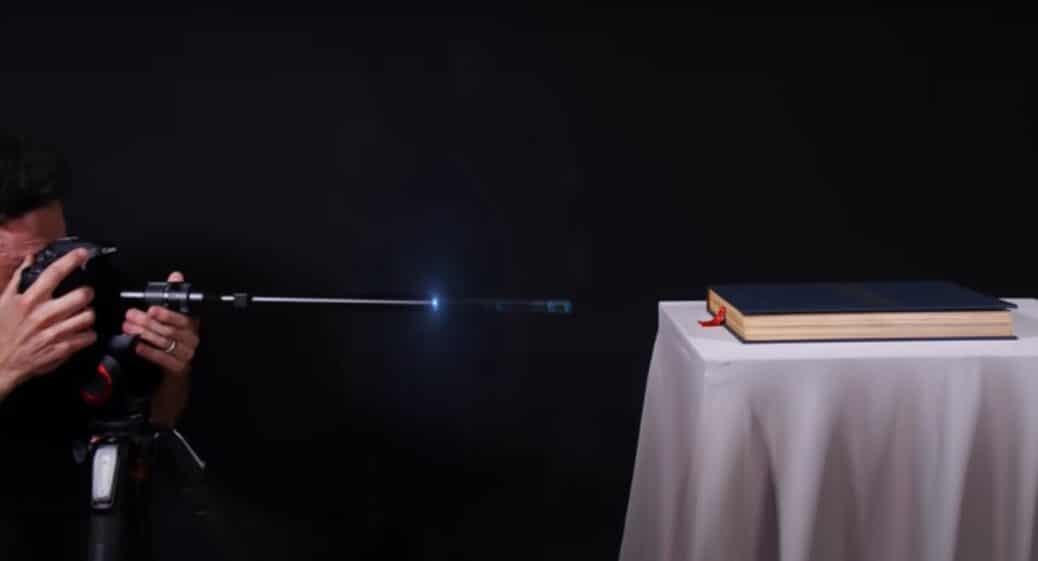Advanced Masking Techniques for Product Photography
There are many genres of photography. Every photographer looks for something different among them. Many people look for product photography, thinking that it’s not that difficult. But they are mistaken because in order to get mind-blowing pictures, you have to put in a lot of effort. If you want to become a real pro in product photography, you can’t do without answering the question of what is image masking and learning masking techniques for product photography.
Table of Contents
This useful technique allows you to quickly and easily apply changes not to the entire photo, but only to a specific part of it. In essence, you just hide the elements you don’t want to change. That’s why masking is so often used in product photography, where very often you just want to emphasize some detail or make it more unnoticeable.
Of course, the easiest way to perform masking is to use AI masking tools. For example, if you use Luminar Neo, the post-processing time will be significantly less. In just a couple of clicks, you can achieve great results, and as you know, time is money. Once we’ve got the basic definitions figured out, it’s time to take a closer look at how disguises can help you make your product photos louder.
Why Use Masking Techniques in Product Photography?
We can say without exaggeration that masking is a really vital tool in product photography. It can help you in many cases, but its main task is to isolate and manipulate specific elements within the pic. This is very useful for professional photographers and editors who often puzzle over what to do. By selectively editing certain parts of the image, masking techniques allow for greater control over the final product, resulting in images that are more visually appealing and professional-looking.
How can you apply masking in product photography? Here are a few options:
- Changing and replacing the background;
- Highlighting the colors of a certain part of the image;
Now we’ll talk about them in more detail and you can appreciate all the benefits of masking.
Changing and Replacing the Background
The background in product photography is one of the most important things. If it is not chosen correctly, even the most luxurious model will lose its charm.
Removing or replacing backgrounds is one of the most common masking techniques in product photography. It is especially useful when shooting on location or in a studio with a plain, uninteresting backdrop. By skillfully masking the subject of the photograph, you can replace the original background with something more visually appealing. Thus creating a more impactful and professional-looking image. The new background can help enhance the overall aesthetic of the photograph, making the subject stand out and drawing the viewer’s attention to the clothing and accessories being featured. In short, background removal and replacement are essential tools in the product photographer’s toolkit, enabling them to create visually striking images that truly showcase the beauty and intricacy of the clothing and accessories.
Highlighting the Colors in Masking Tchniques
Thanks to masking techniques, you can also enhance the overall aesthetic and visual impact of the photograph. It is particularly useful when showcasing intricate details or patterns in clothing and accessories. By selectively adjusting the color and tone of different parts of the image, you can create a more visually striking photograph that draws the viewer’s attention to the essential elements of the image. This allows us to accentuate the unique features and characteristics of the clothing. So the resulting images are more engaging and visually captivating. With these techniques, product photographers can elevate their work to new heights, creating stunning images that truly showcase the beauty of models.
Changing Details Of Clothing Or Accessories
Masking techniques in product photography are not limited to background removal and color adjustments alone. They can refine the details of the clothing and accessories. This will take the final product to a whole new level of visual appeal. For instance, you can use such techniques to remove blemishes or imperfections from fabric. Thus presenting a flawless and pristine image of the garments. They can also enhance the texture and shine of a piece of jewelry, making it more radiant and alluring.
Furthermore, masking techniques can alter the shape or fit of an item of clothing. It is making it appear more flattering and aesthetically pleasing. By skillfully manipulating and refining these elements, you can create images that truly showcase the beauty and craftsmanship of the clothing and accessories. This helps to elevate the overall quality and impact of the image. And hence, making it more memorable and appealing to the viewer.
To Sum Up: Image Masking Tchniques
Now you know what is the meaning of masking techniques in product photography, and what does masking an image do. Use masking in your photos, and may inspiration come to you!
Masking techniques in photography are important because they allow photographers to selectively edit specific areas of an image without affecting the rest of the image. This means that photographers can make precise adjustments to color, contrast, brightness, and other image attributes in a way that can improve the overall quality of the image.
Some common masking techniques include using layer masks, adjustment brushes, or gradient masks. These techniques can isolate specific parts of an image. Such as a subject’s face, and apply adjustments that enhance the details or bring out certain features. For example, a photographer might use masking techniques to brighten the eyes of a subject or to selectively sharpen certain areas of an image while leaving other parts untouched.

David is a dynamic, analytical, solutions-focused bilingual Financial Professional, highly regarded for devising and implementing actionable plans resulting in measurable improvements to customer acquisition and retention, revenue generation, forecasting, and new business development.










